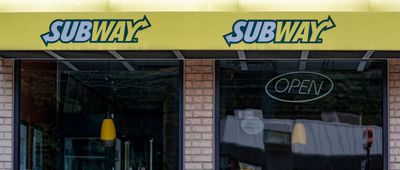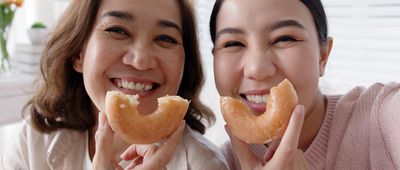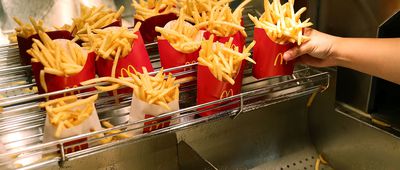Taco Bell
No fast food chain mascot roundup would be complete without mention of the "Yo Quiero Taco Bell" chihuahua, an almost-instant pop culture icon that debuted in 1997. The character was voiced by actor and comedian Carlos Alazraqui, who noted that his inspiration came, at least in part, from Ren Höek, the emotionally unstable chihuahua in The Ren & Stimpy Show cartoon.
At the height of the mascot's popularity, toy figures were sold. But not everyone was a fan: Latin Americans branded the Taco Bell depiction as culturally insensitive and stereotypical, and at least one boycott ensued. In 2000, the campaign ended due to either pressure from Hispanic advocacy groups, declining revenue, or both. While it was rumored that the campaign's conclusion was due to the death of Gidget, the real-life dog that played the character, she didn't actually pass until 2009 at the age of 15.























